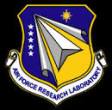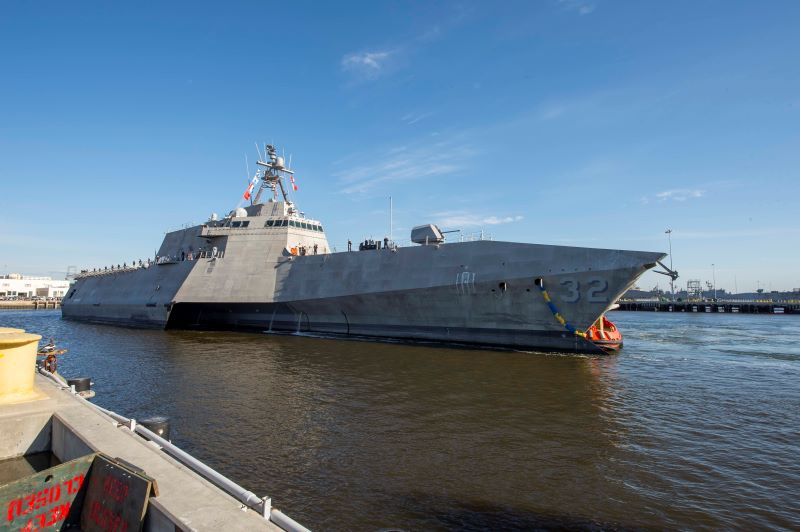AFRL posts BAA funding opportunity for Information Sharing Enterprise Implementation and Application (ISEIA)
 On May 12, the Air Force Research Laboratory (AFRL) released a broad agency announcement in support of its Information Sharing Enterprise Implementation and Application (ISEIA) program (Solicitation Number: BAA-AFRL-RIK-2015-0011). Interested vendors should note that white papers should be submitted by June 15, 2015 for FY15 funding.
On May 12, the Air Force Research Laboratory (AFRL) released a broad agency announcement in support of its Information Sharing Enterprise Implementation and Application (ISEIA) program (Solicitation Number: BAA-AFRL-RIK-2015-0011). Interested vendors should note that white papers should be submitted by June 15, 2015 for FY15 funding.
Department of Defense (DoD) and non-DoD government agencies require the means to share information, software and services in order to effectively meet their mission needs. The opportunity exists to develop technology that will satisfy their mission needs for enterprise sharing in accordance with organizational overarching standards, such as the Defense Intelligence Information Enterprise (DI2E) and others. The Air Force Research Lab (AFRL) is the technical agent for several DI2E-related contracts and the technical agent for other government agencies in supporting the development of mission directed applications.
The technical objectives of this BAA are to research innovative, disruptive technologies and methods to enable the sharing of information within the DoD-Intelligence Community (IC) and other government agencies. Satisfying mission requirements for data sharing requires the development and application of frameworks that support the business processes, data access and correlation, autonomous data analysis and decision making, and all within the security of assured systems. The ISEIA BAA seeks significant advances to the DoD-IC and other government agency’s missions across the following sub-disciplines.
The sub-disciplines of interest to this solicitation include:
a) Security – Information Systems are developed for functionality in accomplishing the user’s main goal and oftentimes security and security interfaces are not considered, and too cumbersome to add at a future time. Security, as typically practiced in today’s systems, increases complexity of use of the system, as well as confusion and frustration. The main underpinning of this BAA is to determine ways to apply these various security practices transparent to the user, ensuring efficient system use with a high level of security.
b) Assured cloud computing use – The advent of cloud computing technologies presents numerous benefits as well as various security concerns. Information sharing and privacy and privacy issues are present in these technologies. As a cloud environment relies heavily on distributed assets, it is necessary to develop approaches to fulfill the 3 pillars of the Confidentiality, Integrity and Availability (CIA) triad.
c) System integration to achieve optimal operations – Based upon mission requirements, integrated prototype systems that are composed of federated frameworks need to be optimized for information sharing of disparate and novel data sources. Technology to capture and represent business processes and workflows that are compatible with organizational framework standards are required.
d) Application Service Technologies – In a Service Oriented Architecture (SOA) environment there will be common services used as to not replicate duplicative code across services. These include everything from semantic search capabilities to data analytics and mediation services, content management, and verifying quality.
e) Mission Service Technologies – The final layer in a SOA environment are the actual tools to be utilized, which are primarily analytical and processing tools specific for the intelligence community.
f) Organizational Compliancy – Various organizational standards and security measures often hinder the software development and transition process. Being able to deploy open systems architectures in a secure manner within a controlled government information system (IS) is critical.
The innovative ISEIA technologies supporting the sub-disciplines above may require the planning and conducting of field tests to demonstrate the advancement in the specific technology. This includes preparing test plans; acquiring, transporting, deploying, and operating all equipment; operating and measuring ground truth sources; evaluating and monitoring test execution; and documenting all test results.
The ISEIA BAA will investigate assured computing architectures and associated technologies that will address the mission shortfalls of the DoD and non-DoD information communities. The goal of interfacing with enterprise frameworks and standards is to maximize the re-use of components while providing a more cohesive and complete situational awareness and assessment of enemy activities for on-going U.S. missions. Automated knowledge-based tools, business processes, and decision aids will provide a more effective use of intelligence data for improved Situational Awareness. The development of mission directed infrastructures, tools and techniques that equip the analyst in providing timely and highly accurate characterization of signals, objects and events leading to threat analysis are increasingly critical to the warfighter.
Full application information is available here.
Source: FedBizOpps







